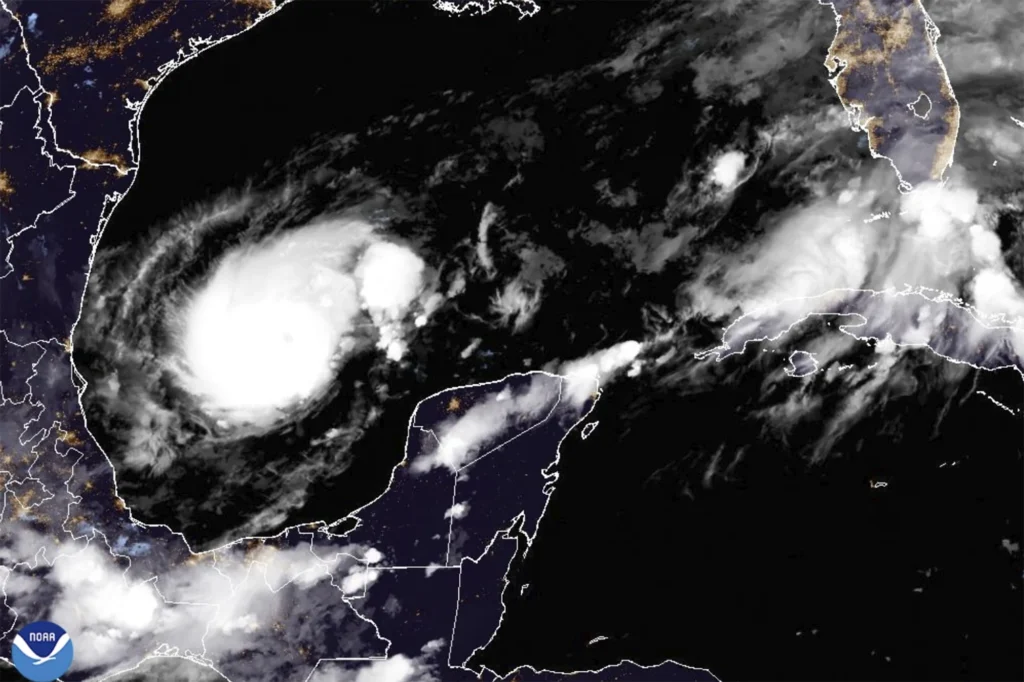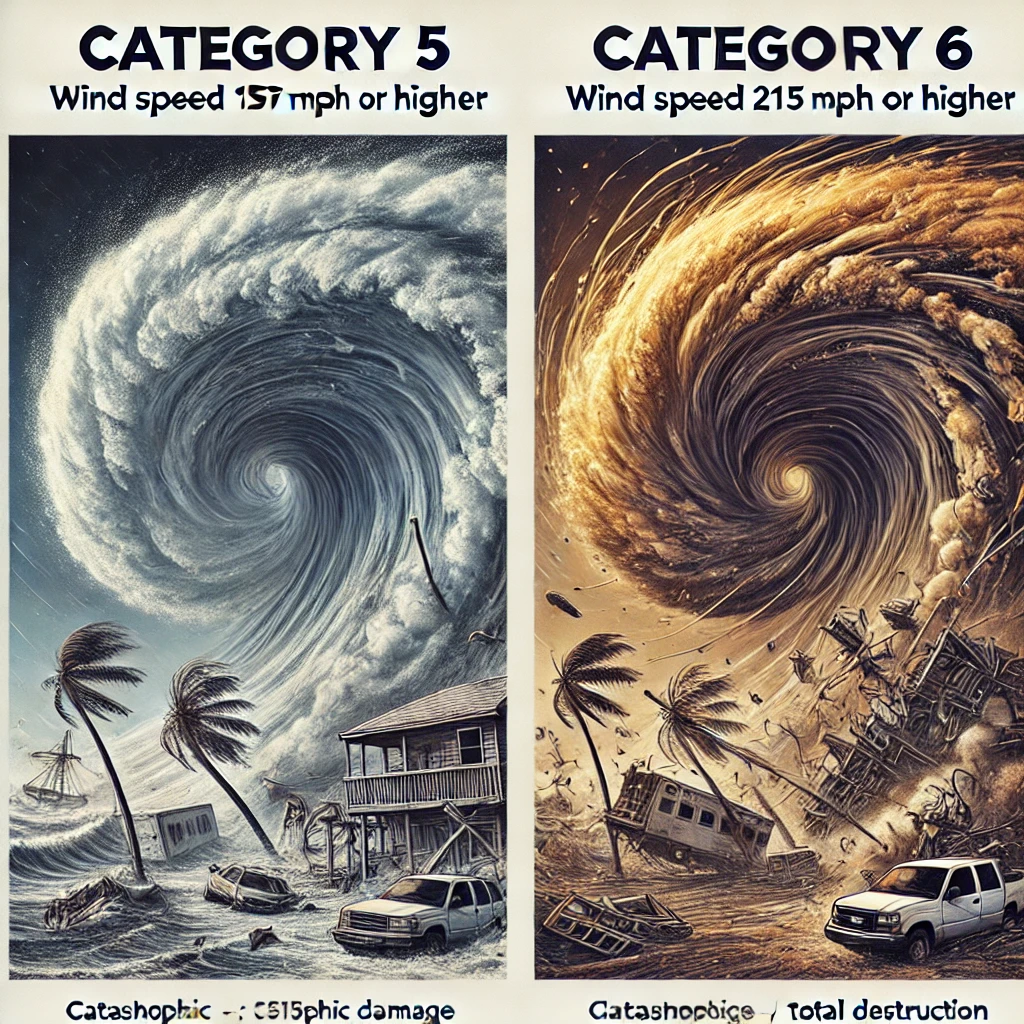As hurricane season intensifies, it’s essential for American citizens to understand the classification of hurricanes and the dangers they pose. Hurricanes are categorized using the Saffir-Simpson Hurricane Wind Scale, which rates these storms from Category 1 to Category 5 based on their sustained wind speeds. However, recent discussions have emerged about a potential Category 6 hurricane. This article will clarify what a Category 5 hurricane is, explore the hypothetical Category 6, and highlight the differences and implications of these classifications.

What is a Category 5 Hurricane?
A Category 5 hurricane is the highest classification on the Saffir-Simpson scale. These storms have sustained wind speeds of 157 mph (252 km/h) or higher. The devastating impacts of a Category 5 hurricane can include:
- Severe Damage: Well-constructed homes may suffer catastrophic damage, with complete roof failure and walls collapsing. Most trees will be uprooted, and power outages can last for weeks to months in some areas.
- Flooding: Extensive flooding can occur due to heavy rainfall and storm surges, leading to significant property damage and loss of life.
- Evacuations: Areas in the projected path of a Category 5 hurricane typically undergo mandatory evacuations to protect lives and ensure safety.
What is a Category 6 Hurricane?
Currently, there is no official designation for a Category 6 hurricane in the Saffir-Simpson scale. However, some meteorologists and climate scientists are discussing this category to account for the increasing intensity of hurricanes fueled by climate change. A hypothetical Category 6 hurricane would be characterized by wind speeds exceeding 215 mph (346 km/h), resulting in even more catastrophic impacts than a Category 5.
Potential Impacts of a Category 6 Hurricane:
- Unprecedented Damage: Structures not designed to withstand extreme winds may face complete destruction. Even well-built homes may not survive the forces of a Category 6 hurricane.
- Widespread Destruction: The potential for widespread destruction would increase dramatically, with entire communities potentially being rendered uninhabitable.
- Increased Fatalities: The danger to human life would be significantly heightened, necessitating more robust evacuation and emergency response measures.
Key Differences Between Category 5 and Category 6 Hurricanes

| Category | Wind Speed | Damage Potential | Impacts |
|---|---|---|---|
| Category 5 | 157 mph (252 km/h) or higher | Catastrophic damage to well-built structures; widespread flooding | Long-term power outages; severe infrastructure damage |
| Category 6 | 215 mph (346 km/h) or higher (hypothetical) | Total destruction of buildings; catastrophic flooding | Potential for widespread loss of life; complete community devastation |
Importance of Preparedness
Regardless of the category, all hurricanes can be dangerous and life-threatening. Here are essential preparedness tips for American citizens:
- Stay Informed: Monitor weather reports and official announcements from local authorities and the National Hurricane Center.
- Have an Emergency Kit: Prepare a kit with essentials such as water, non-perishable food, medications, first-aid supplies, flashlights, and important documents.
- Evacuation Plans: Know your evacuation routes and have a plan in place for your family and pets. Make arrangements in advance for accommodations if necessary.
- Secure Your Home: Reinforce windows and doors, and clear your yard of any debris that could become projectiles in strong winds.
Understanding the classifications of hurricanes, including the potential implications of a Category 6 hurricane, is crucial for preparedness and safety. While Category 5 hurricanes are already severe threats, the possibility of Category 6 storms underscores the need for enhanced awareness and preparedness measures. Stay informed, be proactive, and prioritize safety during hurricane season to protect yourself and your loved ones.